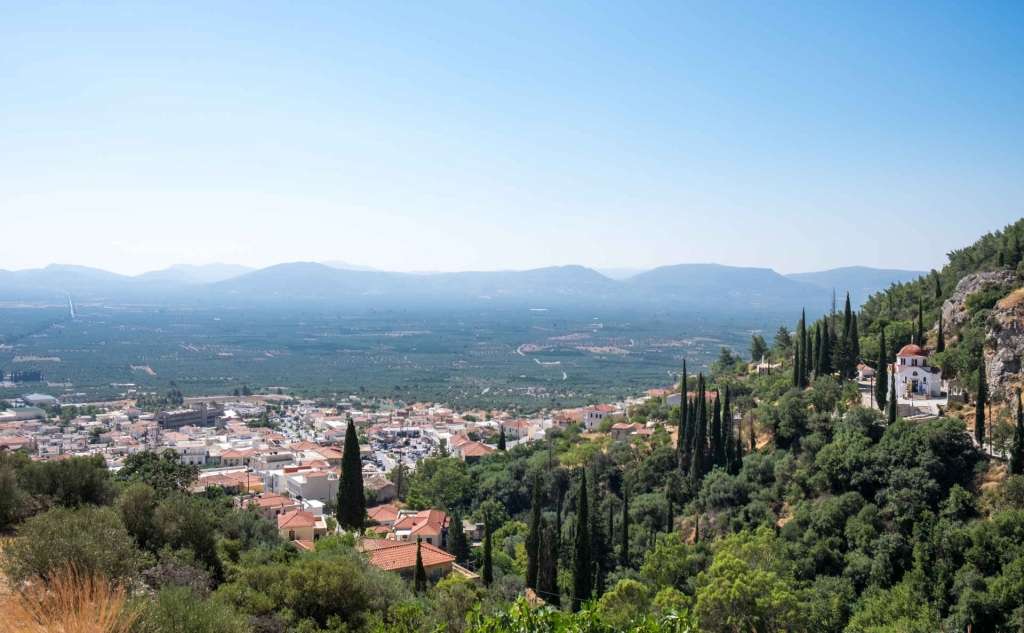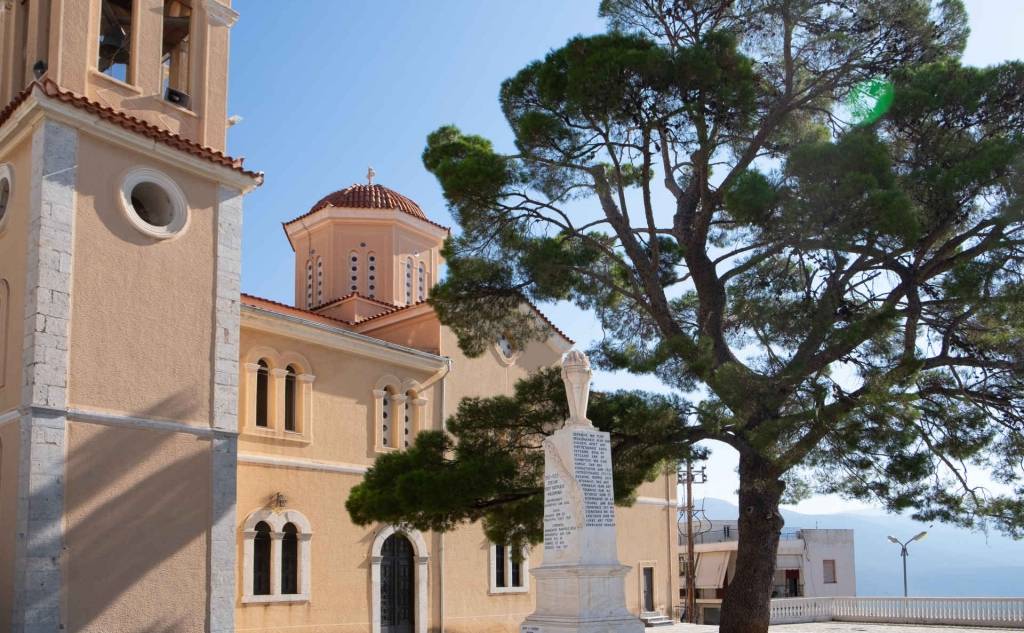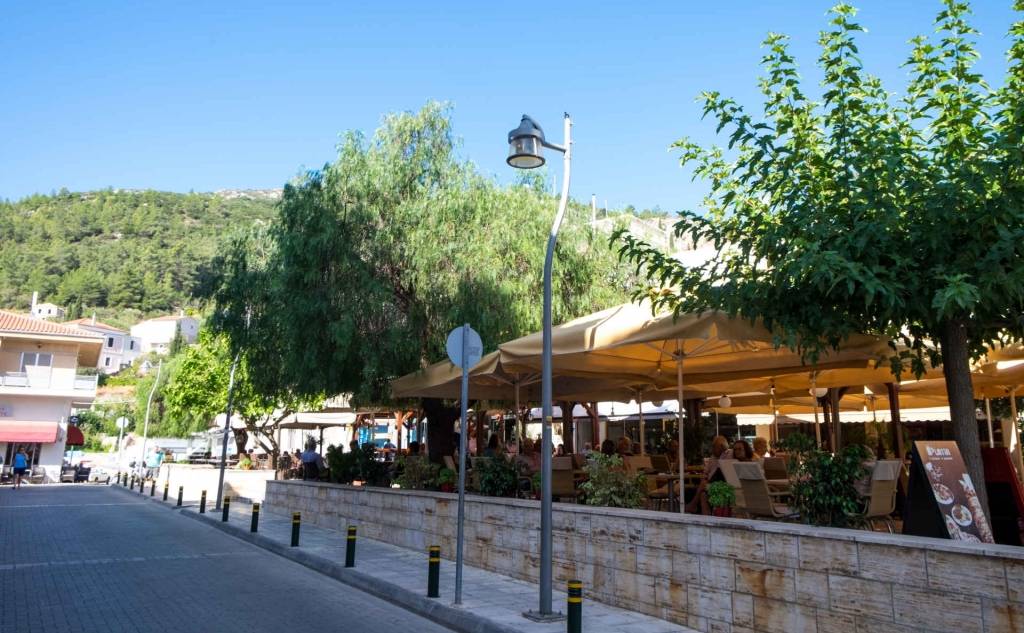






Molaoi is a town located 61 kilometres southeast of Sparta, with a population of 3,000. The settlement's name is a corruption of the Latin word "mola", which means mill. The area had many mills, which in the Aeolian dialect were called "Millaoi". The settlement first appeared in a text of 1209 at the so-called Sapienza Treaty. This Treaty defined the Principality and the possessions of the Venetians, and at a certain point, Godfrey Villardouin (knight and historian of the Middle Ages) states: "... he already owns the city of Mola ..." The name "Molaoi" is also found in 1445 official document written by Despot Theodore Palaiologos.
Molaoi has deep roots in history, as evidenced by the rich Mycenaean findings, tombs and mineral wealth at Gagania (ancient Pigai). On Vigla hill, there are also remnants of an ancient citadel. The Larnaca canyon crosses Molaoi. At the location of this canyon, which also had its own spring water from the "Mana" spring, the first residential core was developed. Later, this core developed into a large and financially viable settlement during the Byzantine period. It even had a castle, where the inhabitants fled in the event of an invasion and from which they controlled the plain up to Monemvasia.
Situated 2 kilometres southeast of Molaoi is the area of Chalasmata, where important archaeological findings, such as columns, capitals and mosaics, have been found. These findings indicate that the site was the ancient city of Lefki, which was named after the poplars of the homonymous plain.
At the top of a large rock on Kourkoula mountain, you can find Paleopyrgos, a small ruined fort with the Larnaca Gorge and the twelve watermills at its "feet". It should be noted that the watermill technique in the Greek area, as in the construction of the watermills in the later Molaoi gorge, began to be applied from the Roman era onwards. It is considered one of the few forts built by the Despots of Mystras (the others being the ones of Zaraphona and Sohas), built in the early 15th or late 14th century. Its masonry (with its interior walls, arch and cistern) concludes that it is a Turkish construction built on an earlier Frankish or Byzantine one. The ascent and descent were made with wooden escalators and hanging ropes. It was also constructed to control the gorge, which served as a secondary communication route between Elos and Molaoi.
In Molaoi, one can see St. George, the Byzantine chapel built in the 13th century. It is located in the town's old cemetery and has remarkable frescoes. Also of great interest is the 13th century Byzantine small chapel of Panagia at Kokolakis (Assumption). It is a cruciform, domed temple with brick-like elements typical of the ecclesiastical architecture of Mystras. The temple that existed in the Byzantine times (as the preserved old part of the north wall shows) was rebuilt in the late 19th century, and an extension was added to the west. The chapel of Agia Paraskevi, patron saint of Molaoi, is located to the east. It is the third temple to be built (1960-1962). The first was built at the beginning of the previous century (1910-1912) and the second in 1938-1939.
Finally, the old Gagania Abbey (Monastery – Abbey of the Transfiguration of the Savior), with glorious history and the ruins of Byzantine temples, stands at the top of Kourkoulas. It is located 3 kilometres north of Molaoi, at an altitude of 400 metres. It is one of the most picturesque abbeys in Laconia and dates back to around 1300 AD. Around the abbey, there are sections of nun cells. In the past, the number of nuns living there was about 35.